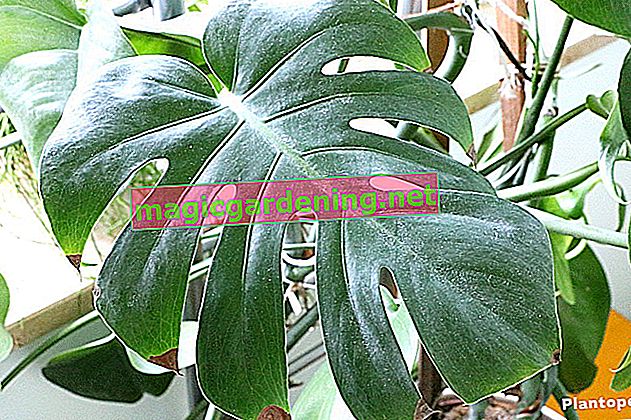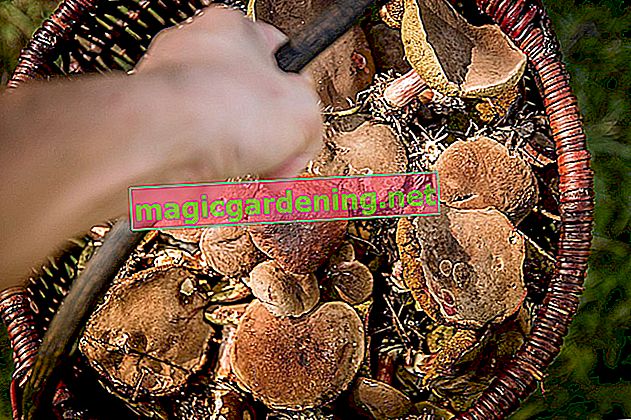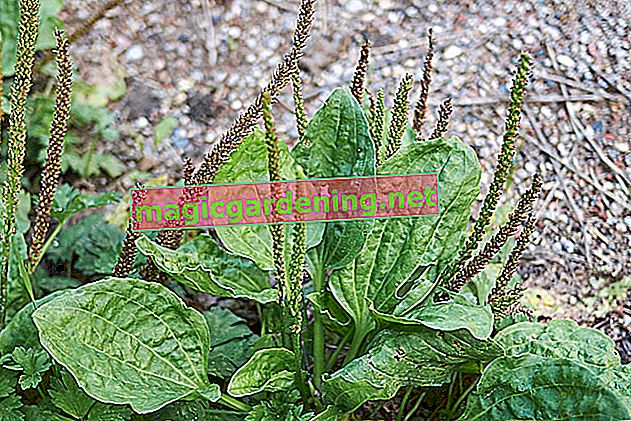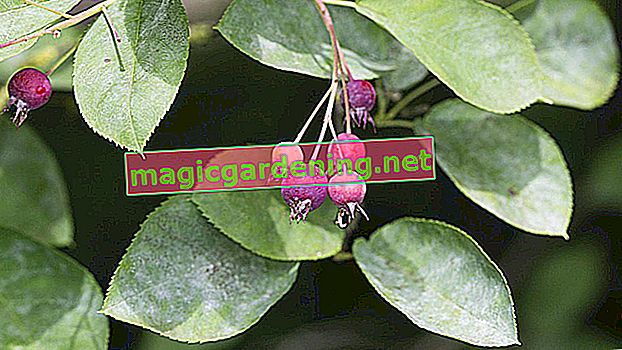
Toxic in all parts - with one exception
A delicious window leaf is permeated by various calcium oxalate crystals and salts of oxalic acid. If these toxins get into the human organism in higher concentrations, typical symptoms of poisoning occur. Nausea, vomiting and cramps occur particularly in children. The sap can also cause a rash. The following must be observed in the context of cultivation:
- Keep Monstera deliciosa out of the reach of children
- Do not eat leaves, shoots, roots or flowers
- Wear gloves during maintenance work to avoid skin contact with the poisonous plant sap
also read
- How to propagate a Monstera deliciosa with cuttings
- Propagate Monstera deliciosa by cuttings - this is how it works
- The fruit of a Monstera deliciosa - tips for optics and enjoyment
However, these concerns do not apply to the edible fruits from which a delicious window leaf owes its name. The ripe fruit is also known as pineapple banana because its sour taste is reminiscent of the exotic fruit.
Beware of dogs and cats
A delicious window leaf and pets shouldn't share an apartment. The ingredients are not only harmful to human health. If dog and cat nibble on the mighty leaves, symptoms of poisoning are inevitable. Difficulty swallowing, staggering, vomiting and diarrhea often occur. Therefore, fallen leaves should never be used as green fodder for rabbits.
Tips
With their aerial roots, Monstera act as a natural cleaning aid in the aquarium by climbing into the water. The long root strands remove nitrate and nitrite that are toxic to fish from the water in order to utilize these substances as food.








